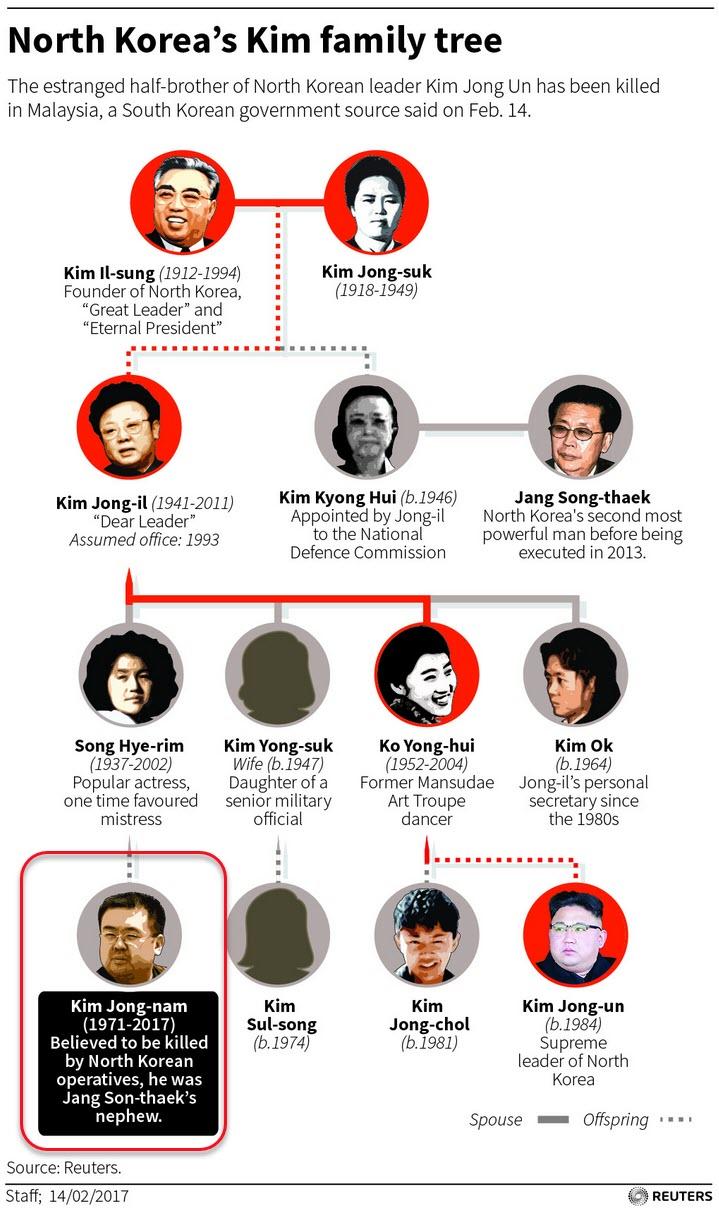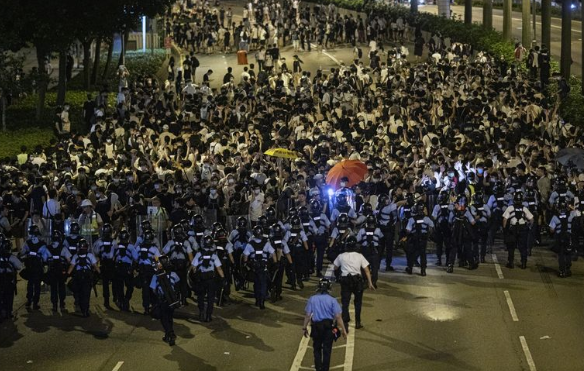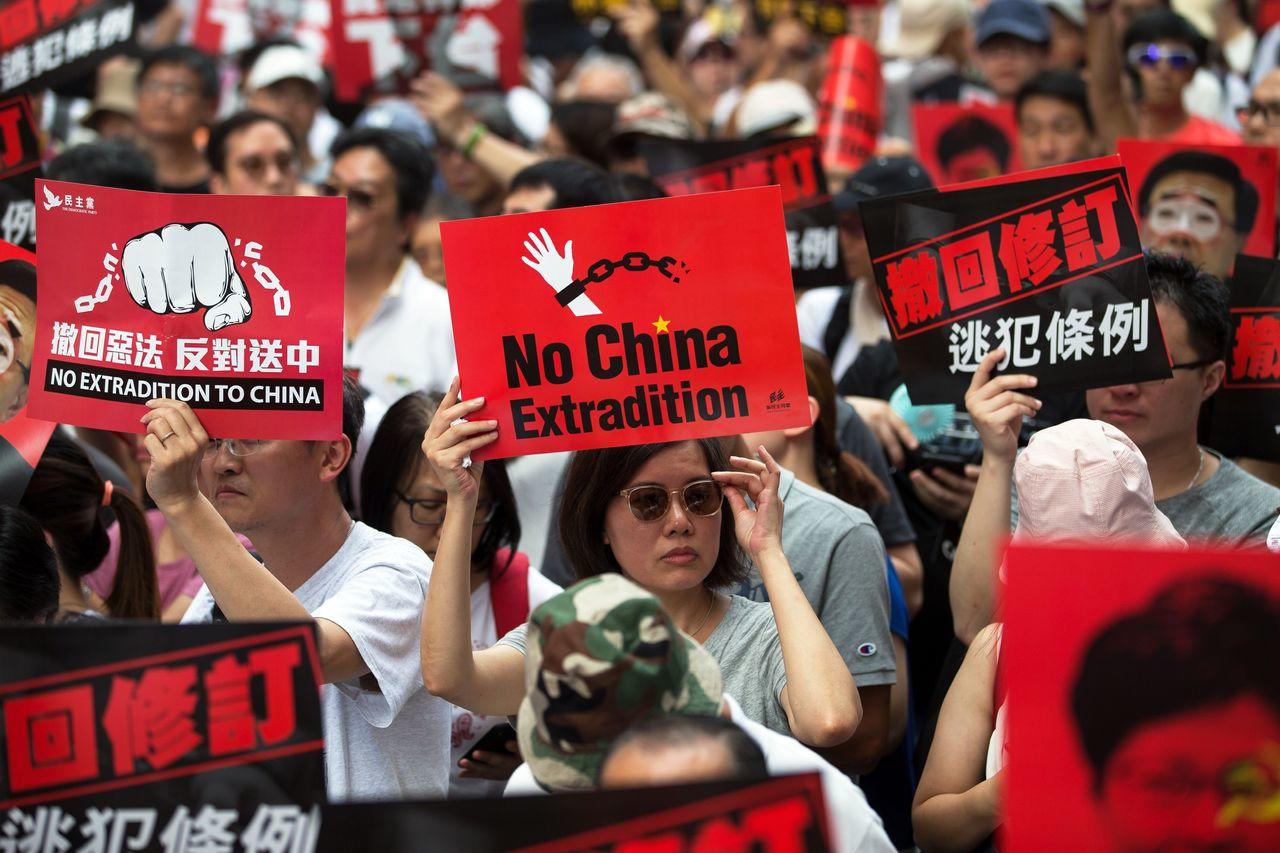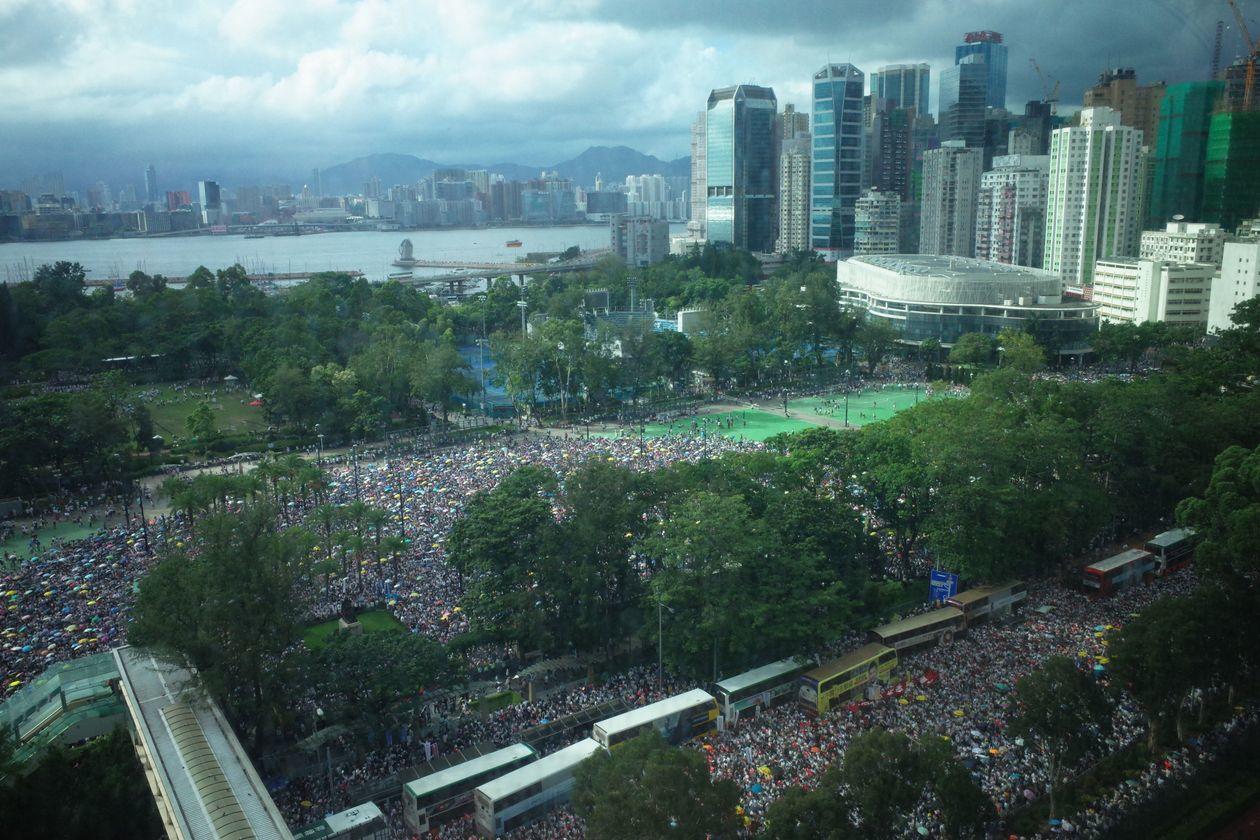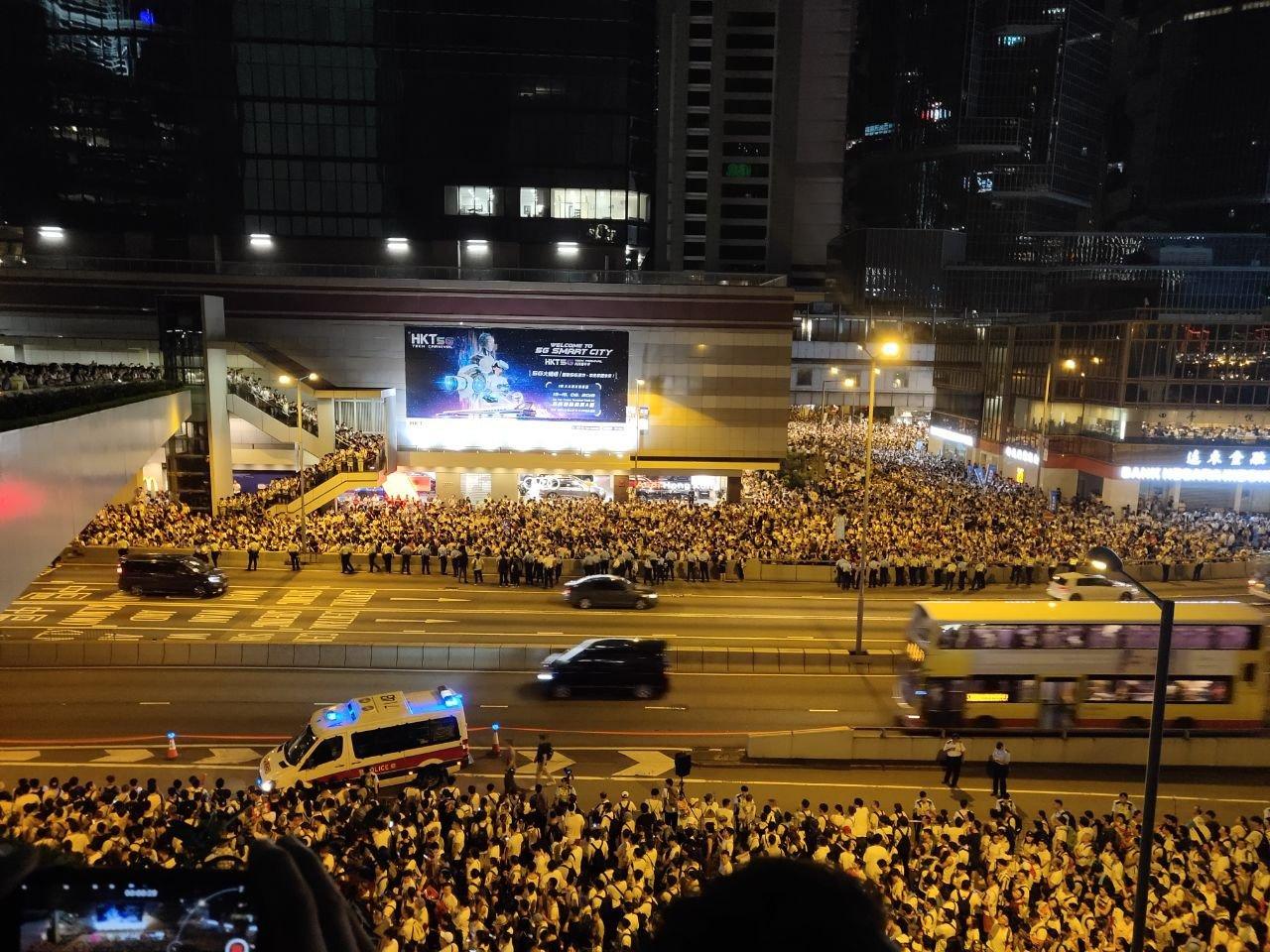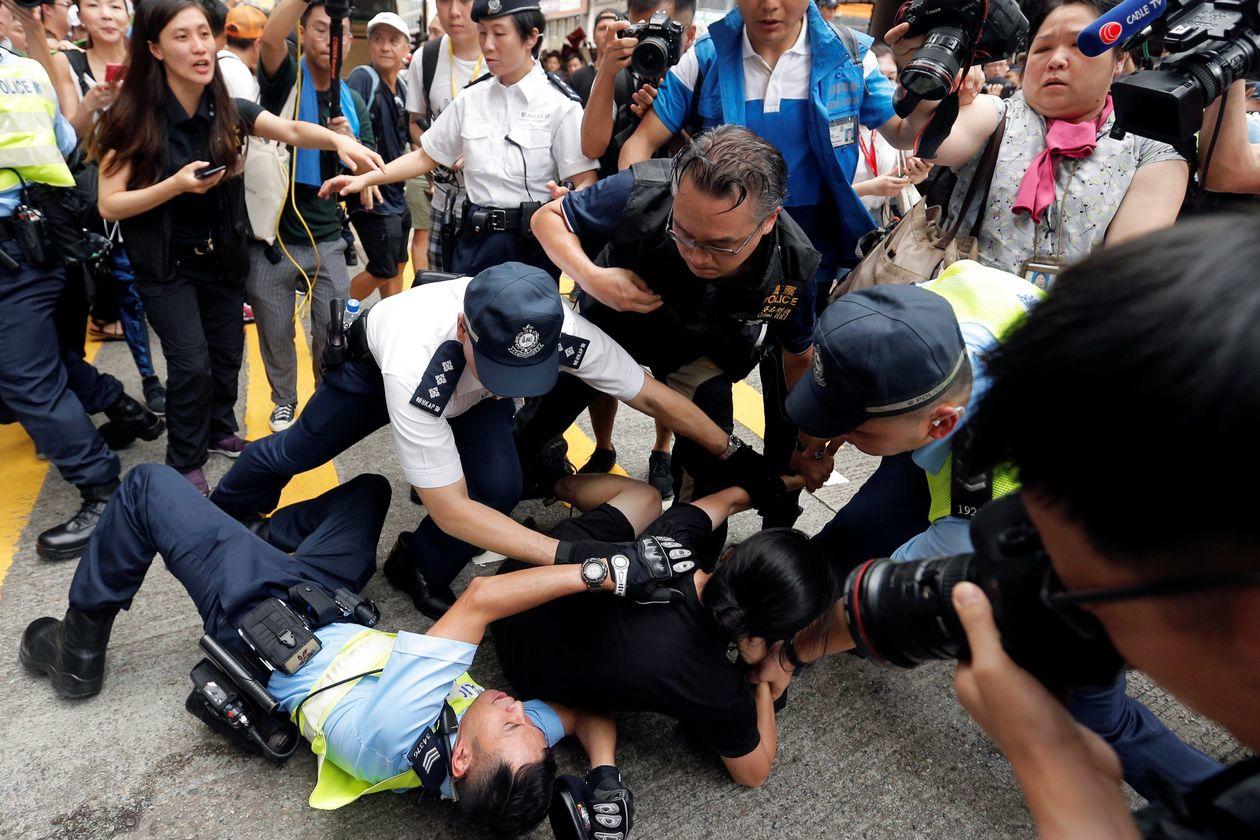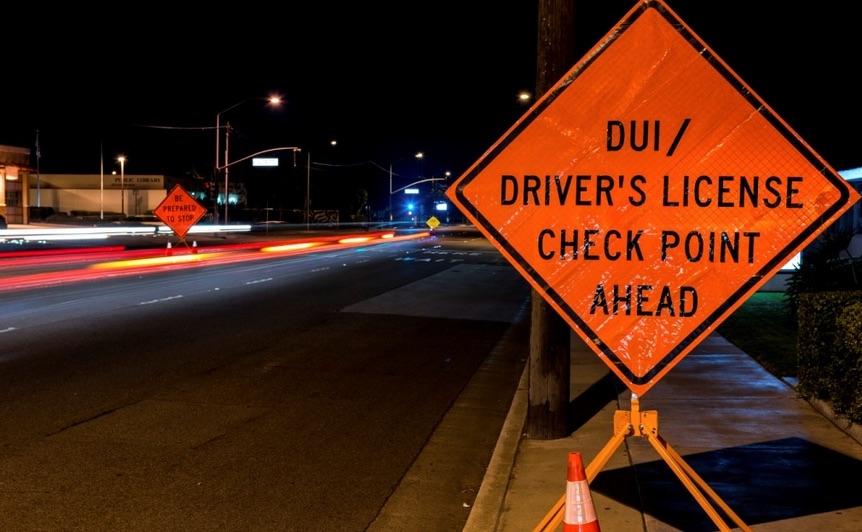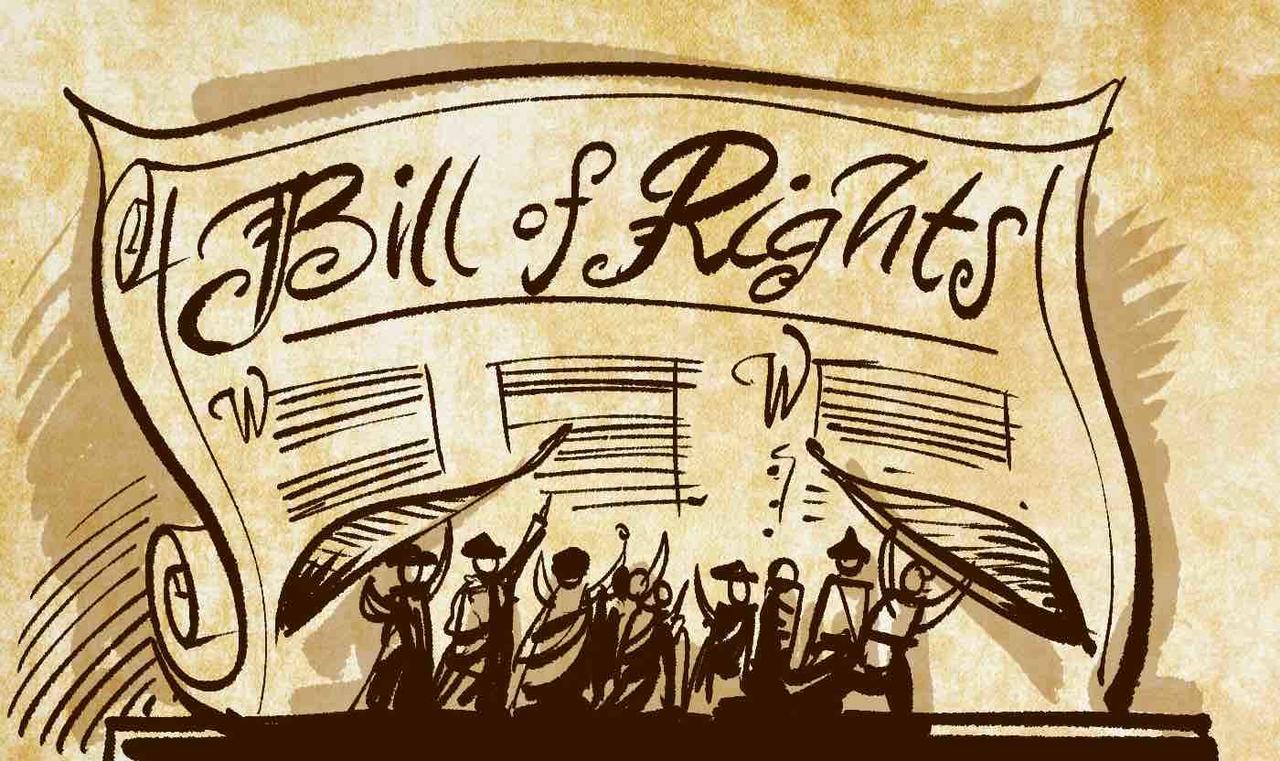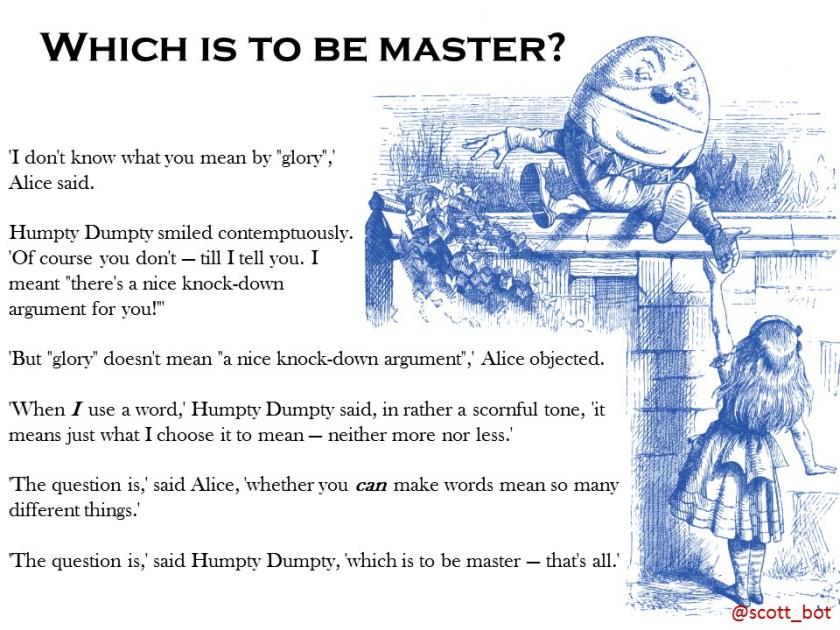On Thursday, the U.S. Supreme Court conference will consider whether to hear an important case on vagueness, Copeland v. Vance (docket page, with links to all briefs). As an earlier post by Eugene noted, the case arises from unusual knife control laws in New York City and New York State. This post provides some background about the case.
Types of knives. A switchblade or automatic is a knife that has a “bias towards open.” When the blade is folded into the handle, the blade is under constant pressure (from a spring) towards opening. The only reason that the blade stays closed in the handle is that the blade is held in place by a lock. When the user presses a switch or button, the lock is released, and the blade is propelled by the spring into the open position.
Common folding knife (CFK). A common folding knife has a bias towards closure. The closed blade stays in the handle until the user applies force to move the blade to the open position. For example, the blade might have a small hole or a tang that can be engaged by the user’s thumb, so the user can move the blade the full distance into the open position.
Gravity knife. Technically speaking, a gravity knife is one with no bias towards open or closed. Being neutral, the knife can be opened by gravity. So if the knife is held in a certain position, gravity will take over, and the blade will slide out of the handle. Gravity knives are best-known as paratrooper arms from World War II. Easy one-handed opening was helpful for paratroopers who were entangled in a tree.
New York’s odd definition. In the late 1950s, the New York legislature enacted a law that, among other things, banned gravity knives. But the legislature wrote an unusual definition, backed by a confusing legislative history. At least arguably, the definition is broad enough to encompass a common folding knife that can be flicked open when the user snaps his wrist.
The vagueness of the “flick test.” Some people are very adept at flicking knives, and most are not. While New York City police officers teach each other knife-flicking, most other New Yorkers are not mentored in the skill. As the gravity knife law has been enforced in New York City, any common folding knife is an illegal “gravity knife” if someone can flick it open.
Owners and vendors of common folding knives can never tell whether their folding knives are illegal. Suppose the user tests his knife regularly to make sure it can’t flick; or suppose the user shows the knife to a police officer, and the police officer cannot flick it either. But later, some other officer is able to flick the knife. The user is then a criminal. As the record in Copeland demonstrates, New York City criminally prosecutes cases such as this. Indeed, gravity knife prosecutions in New York City consist almost exclusively of flick cases, and virtually never involve real gravity knives.
Effect of repeal of part of the State “gravity knife” statute. Recently, the New York legislature passed and Governor Cuomo signed a bill repealing the State’s gravity knife ban. Amending the statute that prohibited possession of certain weapons, the bill simply removed every occurrence of the words “gravity knife.” However, the bill did not remove the definition of “gravity knife” from a separate statute in the New York Penal Law.
Unhappy with the repeal, the administration of New York City Mayor Bill de Blasio has pointed out that the NYC Municipal Code contains a provision against carrying a “gravity knife” on the subway or busses. He has announced that the City will prosecute people who violate this law (that is, people with a common folding knife that at a single police officer has been able to flick open). According to the New York Police Department, the folding knives that tradesmen buy at Home Depot are actually “rapidly-deployable combat knives.”
Is the case moot? So argue defendants New York City and NY District Attorney Cyrus Vance. But their letter to the Court mentions only the state law repeal statute. As petitioners pointed out in their own letter, the defendants failed to inform the Court about their own plans to prosecute persons who live, work, or travel in the City, based on the city ordinance–an ordinance whose definition of “gravity knife” is parasitic on the still-existing state definition–the definition that has always been the heart of the constitutional challenge in Copeland v. Vance.
Additionally, the state repeal of the gravity knife prohibition was not retroactive. Given the two-year statute of limitations, New York retailers, including one of the plaintiffs, are still subject to prosecution for their sales in the last two years–such as if some officer can flick an individual’s knife that was purchased in the past two years.
Constitutional issues. Copeland was not brought as a Second Amendment case. Given the Second Circuit’s hostility to the Second Amendment (see, e.g., my recent amicus brief on the NYC handgun transport ban, which will be argued next term), the plaintiffs were probably correct to worry that mentioning the Second Amendment would inflame the Second Circuit. This is too bad, since knives are certainly among the “arms” protected by the Second Amendment, as I argued in the law view article Knives and the Second Amendment. [Cited in Seattle v. Evans, 366 P.3d 906, 914 n.10, 919, 926, (Wash. 2015); State v. Herrmann, 873 N.W.2d 257, 262 (Wisc. App. 2015), State v. DeCiccio, 105 A.3d 165, 193, 197 n.34, 200 (Conn. 2014); People of the State of New York v. Anthony Trowells, No. 3015/2013 (Aug. 4, 2014; Sup. Ct., Bronx Cty., Part 92) (Justice Troy Webber); People v. Genel, 2018 WL 1919053 (Cal. App. Apr. 24, 2018).]
Copeland v. Vance, at the Supreme Court stage, involves only a single and very important issue of criminal law. In a facial vagueness challenge to a statute, does the challenger have to prove that the statute is vague in all possible applications? The Supreme Court so indicated in the 1987 U.S. v. Salerno. But more recent cases, namely Johnson v. U.S. (2015) and Sessions v. Dimaya (2018), have taken a different approach. Four federal circuits have followed the newer rules while the Second Circuit clings to the old Salerno standard.
The circuit split is central to Copeland, since all parties agree that the New York statutory definition is not vague as applied to real gravity knives (that is, knives with no bias, such as paratrooper knives).
An amicus brief by law professors, including Eugene Volokh, urges the Court to clarify its rules on facial and as-applied challenges. Another brief from more law professors, plus the Cato Institute, elaborates on the vagueness problem, pointing out that literally millions of people are criminalized under a strict liability statute with no mens rea, and no means of determining whether their conduct is lawful. Finally, a Legal Aid Society brief details the atrocious record of enforcement of the “gravity knife” ban in New York City, where 85% of persons arrested are Black or Hispanic, and 96% are men. As the brief details, some such defendants have been sent to prison for years for peaceably possessing small utility knives that are sold at hardware stores throughout the City. The brief’s photos of some of these knives belie the de Blasio administration’s preposterous rhetoric about “combat knives.”

from Latest – Reason.com http://bit.ly/2WZAcJY
via IFTTT

